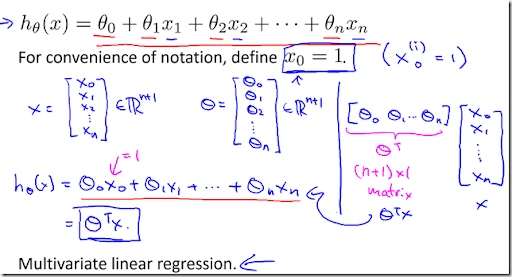


In other words, you can say that it is used to read the values from the container. Present if fulloutputTrue and x0 is non-scalar. Iteration Limit or, alternatively, rerun E04MFFE04MFA using the Warm Start facility to. It sequentially uses this iterator for input operations. where c is an n element vector and A is an mL by n matrix. This problem is very similar to Swap every ith element of the array with the (i+2)th element, and the solutions are going to be pretty similar too. The input iterator is the simplest and least used iterator among the five main iterators of C++. Before using numpy, it is necessary to import it with. NumPy arrays are commonly used (especially in machine learning), so lets show one of the ways to remove an element from a numpy array. load dependent Ritz vectors produce more reliable results in dynamic analyses. Given an array of integers of size N, the task is to swap the adjacent elements i.e swap the ith element with the (i+1)th element for every i in the range.įor Example: Input: array = If we now printed the contents of our array, we would get the following output: 10, 20, 30, 50, 60, 70, 80, 90, 100 Using numpy Arrays. pace Iteration matrix calculation is used to perform eigenvalue analysis.


 0 kommentar(er)
0 kommentar(er)
